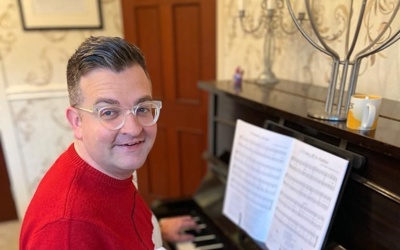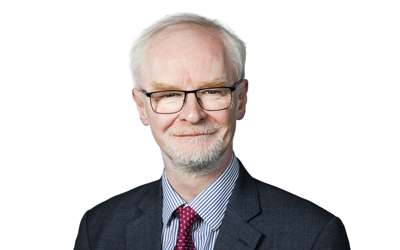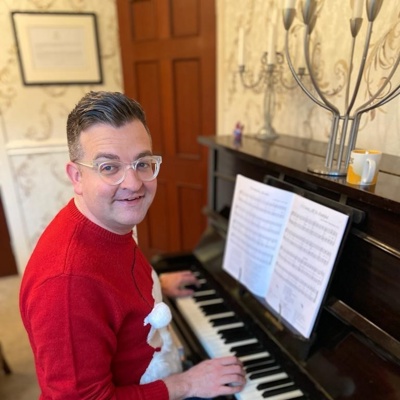Advent: Glimmers of light in the season of waiting
This year's Christmas may have been overtaken by the coronavirus pandemic, but there is still light to be found in the darkness of these difficult times, says, Mary Macleod, Solicitor of the Church of the Church of Scotland Law Department.
We are now in the season of Advent, meaning “coming”, when Christians anticipate and celebrate both the incarnation of Christ and his second coming. We are also in the thick of what the poet RS Thomas deplored as the saddest transformation of Christianity in its increasing commercialisation, finding its apogee in Christmas and what he called “the colossal expenditure of energy and cash on the wrong things”. In his poem Christmas Eve, he approached this theme with his usual succinct grace:
Christmas Eve
Erect capital’s arch;
decorate it with the gilt edge
of the moon. Pave the way to it
with cheques and with credit —
it is still not high enough
for the child to pass under
who comes to us this midnight
invisible as radiation.
Advent (lasting from the fourth Sunday before Christmas until Christmas Eve) is marked by different Christian traditions in different ways, often culminating in a Watchnight service on Christmas Eve and a traditional service on Christmas morning. The common themes in all traditions are those of waiting in hope, watchfulness, and preparation.
It is not hard to see a special significance this year in our season of “waiting”. We are waiting for our lives to get back on track after nine months of being on hold during the pandemic; we are waiting for a vaccination programme to protect us and begin to have an impact on the spread of the virus; we are waiting for much-anticipated reunions with friends and family; we are waiting simply to feel safe again.
We have all been living in the shadow of darkness and this year, more than ever, we need a message of hope.
As a lawyer working in the in-house legal team for the Church of Scotland, I suppose that I am in the fortunate position of not having to search too hard to escape from “capital’s arch” and look beyond our current circumstances in order to find light in the darkness. Throughout the year, the Church has been suffering along with everyone else, but has worked hard to share its messages of faith, hope and love with those in its local communities. Normal congregational life came to a sudden stop back in March and, since then, considerable ingenuity has gone into finding a new way of “being church”, initially during lockdown and subsequently as it has once again become possible to meet for worship.
This has continued into Advent in a variety of ways, including congregations filling Christmas stockings for children in families in crisis in Aberdeen; an online modern retelling of the Nativity story; a call for “doorstep carolling” in family groups or bubbles on 20 December; a congregation in Argyll putting together a full online Christmas service in Gaelic; an Edinburgh congregation creating a “Connecting Christmas” art installation to share messages of hope and create community connections; and congregations in Dundee and elsewhere providing weekly food bags and hosting Christmas lunch for vulnerable people.
Sadly, one thing that will be missing this year is the sound of live carol singing at the traditional Christmas services.
Specially-extended Christmas bubbles (baubles, surely?) are currently permitted to attend worship together, in numbers varying from only 20 people at Level 4 to 50 people at Level 1. But, in line with guidance issued by the Scottish Government, singing is not permitted. Things will be different in other ways, too. Risk assessments will have been carried out, hand hygiene arrangements will have been made, cleaning and disinfection will have been organised and the church will have been marked out to ensure two-metre distancing. Face coverings must be worn, and those attending will probably have had to book a place in advance and will have to provide their contact details in support of the NHS Test and Protect system.
But all of these changes are temporary.
Even as we sit in permitted areas of our churches in physically distanced bubbles, giving off the faint whiff of hand gel, struggling with our face coverings, listening to recorded carols and with no prospect of a mince pie to follow, we can still be hopeful. As John McEllhenney has observed in his commentary on the poem quoted above, the Christ Child is too big for even the biggest economy – or pandemic – to suppress.

The Christian message of Christmas: Make a wonderful life


